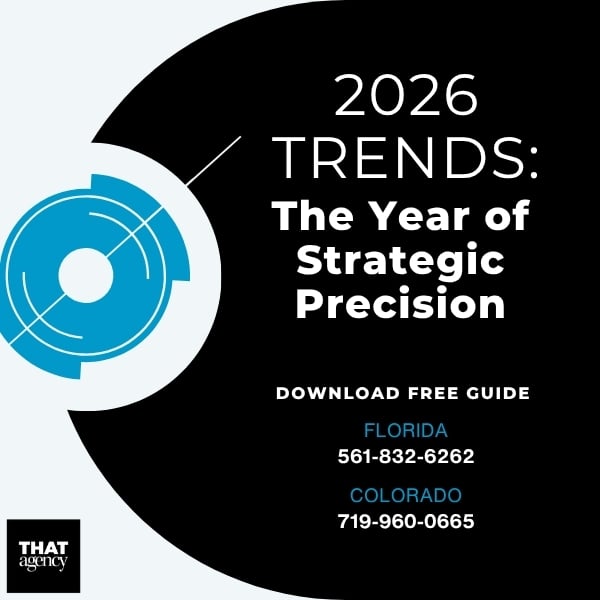
If your dealership isn't running Google Ads, you could be missing out on a ton of potential test drives. Today, most car shoppers start their search online, and Google is usually the first stop. That's where Google Ads for car dealerships can make a difference. With the right campaigns, you can get in front of people at the exact moment they're ready to book a test drive or check out your inventory.
In this post, we'll break down the best types of Google Ads for car dealerships campaigns that help boost test drives. We'll also talk about how social media for car dealerships fits into your overall digital marketing plan.
When someone starts thinking about buying a car, their first stop isn't always the dealership—it's usually Google. Today's car buyers do their homework online. They look up reviews, check prices, watch walkaround videos, compare models, and even explore financing options. In fact, according to Google, 95% of car buyers use the internet during their car-buying journey, and most of them begin their search on Google.
That's a huge opportunity for dealerships—and it's exactly where Google Ads for car dealerships come in.
Google Ads are the paid listings that show up at the top of the search results when someone types in something like "best SUV 2025" or "Chevy dealer near me." These ads are designed to match what people are searching for and can drive traffic straight to your website, landing page, or inventory listings.
If you're wondering, "Why should I pay for ads if my website already shows up on Google?"—great question. The answer is visibility. Organic (free) listings are important, but they often appear below the paid ads. When you use Google Ads, your dealership shows up right at the top of the page, giving you the best shot at getting noticed first.
Google Ads for car dealerships are keyword-based, meaning your ad only appears when someone searches for something related to your dealership or the cars you sell. These are often high-intent shoppers—people who are actively looking to buy or test drive a car soon.
With Google Ads, you can choose to show your ads only to people in specific zip codes, cities, or within a certain radius of your dealership. This means your budget goes toward reaching people who are close enough to come in for a test drive.
One of the best parts about Google Ads is flexibility. You set a daily or monthly budget that works for you, and you can change it anytime. You're not locked into a contract, and you only pay when someone clicks on your ad.
Wondering if your ads are working? Google Ads gives you clear data so you can see how many people clicked, called, or filled out a test drive form. You can even track which keywords are performing best, what times of day get the most action, and where your leads are coming from.
Q: Are Google Ads better than traditional advertising, like radio or newspapers?
Yes—for most dealerships, digital ads offer more targeted and measurable results. With traditional ads, you pay for reach, but it's hard to know who saw or acted on your message. Google Ads lets you reach specific buyers when they're actively searching, and you can track every click.
Q: How soon can I expect results?
In many cases, Google Ads start generating traffic within days. With the right setup and keywords, you could start getting phone calls or test drive requests in your first week.
Q: Is it worth the cost?
Absolutely—especially if you focus on the right keywords and set up your campaigns properly. Because you can track results and tweak your strategy, you're able to make your ad spend work harder. Many dealerships find that their cost per lead through Google Ads is much lower than other channels.
Q: Do I need a big budget?
Not at all. While some large dealerships may spend thousands per month, smaller or independent dealers can start with just a few hundred dollars. The key is to focus your ads on what matters—like promoting specific models, test drives, or limited-time offers.
Let's face it—most people shopping for a car aren't just walking onto the lot anymore. They're online, searching for vehicles, reading reviews, comparing prices, and looking for nearby dealerships. And they're doing it every single day. If your dealership isn't showing up when they search, there's a good chance your competitors are.
That's why Google Ads for car dealerships is such a smart move. These ads help your dealership show up at the top of Google when buyers are actively searching for cars in your area. Whether they're looking for a specific model, searching for "dealership near me," or trying to schedule a test drive, your ad can be right there, ready to meet them at the perfect moment.
It's not just about getting more clicks. It's about getting the right clicks. Google Ads lets you control who sees your ads, when they see them, and how much you spend. You can focus on local buyers, set a clear budget, and track exactly how many people click, call, or fill out a form.
Google Ads for car dealerships gives you everything you need to turn online searchers into real test drives—and real sales. With a little strategy and the right setup, you can turn search traffic into showroom traffic.
When it comes to running Google Ads for car dealerships, the key is to focus on the types of campaigns that actually lead to real visits and test drives, not just clicks. Below are five proven campaign types that dealerships across the country are using to boost foot traffic and sell more cars.
These campaigns are all about protecting your name online. When someone searches for your dealership, like "Braman BMW West Palm Beach" you want your ad to appear at the very top.
You might assume your website will naturally show up in those results, and it might. But here's the catch: competitors and big listing sites (like Cars.com or Autotrader) can bid on your dealership's name to take that traffic away.
Running a branded search campaign helps you:
Tip: Use sitelinks—extra links under your ad—to send people directly to useful pages like "Schedule a Test Drive," "View Inventory," or "Apply for Financing."
These ads target customers who are searching for a particular make or model. They're perfect for promoting cars you want to move quickly or for showcasing new arrivals.
For example, someone searching "2025 Toyota RAV4 West Palm Beach" is clearly interested in that model and likely close to buying. A well-placed ad with a strong message can make all the difference.
Sample ad headlines:
You can also use Google's Vehicle Listing Ads, which show a picture of the car, the price, and dealership info right on the search results page. These ads grab attention fast and make it easy for users to click through.
Why it works: People searching for a specific car are further along in their buying journey. These ads meet them right where they are.
These campaigns are made for mobile shoppers who are nearby and ready to act. Google's Local Campaigns show your ads across Google Search, Maps, YouTube, and more, targeting people based on their physical location.
Let's say someone searches "Ford dealership near me" while they're out running errands. A local ad could pop up with your address, phone number, and directions, making it easy for them to drop by.
Use clear calls-to-action like:
Bonus: Local ads often include map pins, so your dealership appears on Google Maps with a clickable ad showing your store info.
Sometimes people visit your website, look at a few vehicles, and then leave without taking any action. That's where remarketing comes in. It lets you follow up with those visitors by showing them ads later, while they're browsing other websites, scrolling through social media, or watching YouTube.
With remarketing, you can:
How it works: You install a tracking pixel on your site that records visitor behavior (without collecting personal info). Then you group those visitors into audiences—like "people who viewed a VDP" or "people who spent more than 60 seconds on the site"—and target them with follow-up ads.
Why this matters: Most customers don't convert on their first visit. Remarketing gives them a second (or third) chance to come back and take that next step.
If your main goal is to get more people behind the wheel, then create a campaign just for that. These campaigns are focused on one simple goal: booking test drives.
To make this work, you'll need to send people to a landing page that's quick and easy to use.
Your landing page should include:
You can also add a few perks like "Get a $25 gift card when you test drive this week" or "First 10 bookings this weekend get a free car wash."
Why this works: People want to test drive before they buy. Making the process simple and inviting helps remove hesitation and builds excitement.
Honestly, it depends on your goals. If brand visibility is your priority, start with branded search. If you need to move specific inventory fast, go with vehicle-specific ads. Want to re-engage past visitors? Remarketing is the way to go.
The best approach is often a mix of all five, designed to meet shoppers at every stage of their journey.
One of the first questions dealerships ask is, "How much should we spend on Google Ads for car dealerships?" The answer isn't the same for everyone—it depends on things like your location, how competitive your market is, and which vehicles you want to promote. But to help you get started, here's a general idea of what different types of campaigns might cost:
These ads focus on your dealership's name. Since they're targeting people already searching for you, they usually cost less and get strong results.
If you're promoting certain models or special offers, these ads help move inventory. The cost is a bit higher, but they bring in high-intent shoppers.
Remarketing ads are shown to people who have already visited your website. These tend to be more affordable and are great for staying top of mind.
These ads help you show up on Google Maps and other local platforms. They're perfect for targeting nearby customers, especially on mobile.
Nope. You don't need to spend thousands to see results. Many dealerships start small—around $1,000 to $2,000 total per month—and grow their budget once they see what's working. Google Ads is flexible, so you can increase or decrease your spending anytime.
That's normal. It often takes a few weeks to fine-tune your campaigns. You may need to test different keywords, ad copy, or targeting settings before you hit your stride. The good news is that every click and conversion gives you more data to work with.
Use Google Ads' built-in reports to track important metrics like:
These numbers help you decide which campaigns are worth scaling and which ones need adjusting.
If you're new to Google Ads for car dealerships, don't feel pressured to spend big right away. Start with a manageable budget, track your results closely, and adjust over time. With the right setup and strategy, even a small investment can bring in high-quality leads and more test drives.
Running Google Ads for car dealerships is just the first step. To really know if your ads are bringing results, you need to track the right numbers. These key metrics will help you understand what's working—and what needs to be improved—so you can get the most out of your ad budget.
What it is: The percentage of people who click on your ad after seeing it.
Why it matters: A high CTR means your ad is catching attention and encouraging action. It's one of the clearest signs that your message is landing well with your audience.
What's a good CTR?
Pro Tip: If your CTR is low, try changing your ad headlines or adding stronger calls-to-action like "Book a Test Drive Today."
What it is: How much you pay every time someone clicks your ad.
Why it matters: Keeping this cost under control helps you stretch your budget. A lower CPC means more people can visit your site without spending more money.
What to aim for: The "right" CPC depends on your market, but typically, dealerships pay between $1 and $4 per click. If your CPC is too high, you may need to refine your targeting or adjust your keywords.
Tip: Don't aim for the lowest CPC; sometimes paying a bit more for higher-quality clicks can lead to better leads.
What it is: Actions people take after clicking your ad, like filling out a form, calling your dealership, or scheduling a test drive.
Why it matters: Conversions show how many people are becoming leads, not just visitors. This is one of the most important metrics for any dealership.
What to track:
Make sure your website has conversion tracking set up through Google Ads or Google Analytics, so you can see exactly which ads are driving action.
What it is: The percentage of times your ad shows up when it's eligible, based on your budget and competition.
Why it matters: If your impression share is low, your ad may not be reaching enough people. This could be due to a limited budget or too many competitors bidding on the same keywords.
Goal: For branded campaigns, aim for at least 90% impression share. You want to dominate searches for your dealership's name.
The biggest advantage of Google Ads for car dealerships is that everything is measurable. By tracking these key numbers, you'll see what's working, what needs to change, and how to improve results over time. It's not just about spending money—it's about spending it wisely.
Here's where social media for car dealerships comes in. It works best when it's part of your larger ad strategy, working alongside your Google Ads for car dealerships campaigns. Why? Because it builds brand recognition and helps you stay top of mind throughout the entire car-buying journey.
Think of it as a tag-team effort—Google Ads gets the clicks when people are actively searching, and social media for car dealerships keeps the interest alive between those searches.
If someone sees your Instagram ad showcasing a new model, they're more likely to click on your Google ad when they start actively searching later. Social media for car dealerships helps create awareness before people even know they're ready to buy.
Use remarketing to retarget people on Facebook or Instagram who visited your site but didn't convert. You can show them specific vehicles they looked at, special offers, or upcoming events at your dealership.
Social media is perfect for promoting limited-time offers, new arrivals, or special events. Use short videos or stories to create excitement around:
Social media for car dealerships helps humanize your brand by posting about:
Perfect for reaching local customers with targeted ads, sharing customer reviews, and promoting events. Facebook's robust advertising platform integrates well with your Google Ads strategy.
Great for showcasing vehicles with high-quality photos and videos. Use Stories and Reels to show cars in action, behind-the-scenes content, and quick vehicle features.
Ideal for longer-form content like vehicle walkarounds, customer testimonials, and how-to videos. YouTube ads can also complement your Google Ads campaigns.
Growing platform for reaching younger car buyers with creative, engaging content about vehicles and dealership culture.
Keep your brand voice and promotional messages consistent across both Google Ads for car dealerships and social media for car dealerships. If you're running a special promotion in your Google Ads, make sure it's also featured on your social channels.
Use data from both platforms to create comprehensive remarketing campaigns. Someone who engaged with your Facebook content but didn't visit your site can be targeted with Google Ads, and vice versa.
When a social media post performs particularly well, consider promoting it as a paid ad to reach a larger audience. Similarly, successful Google Ad copy can be adapted for social media posts.
Track metrics that matter for your dealership:
The key is understanding how social media for car dealerships works together with your Google Ads for car dealerships to create a complete digital marketing strategy that reaches customers at every stage of their journey.
Avoid these common mistakes that can hurt your Google Ads for car dealerships performance:
Add filters so your ads don't show up for irrelevant searches like "toy cars" or "remote control cars." This prevents wasted clicks and saves budget for qualified prospects.
Send people to pages that match the ad content, like a specific vehicle page or test drive scheduling form. A relevant landing page converts much better than a generic homepage.
These extra links and information can boost clicks and give users more options. Use sitelinks, call extensions, and location extensions to make your ads more useful.
You can't improve what you don't measure. Set up goals to track test drive bookings, phone calls, and form submissions so you know which campaigns are working.
Clicks don't sell cars—conversions do. Pay attention to which campaigns drive actual leads and sales, not just website traffic.
Most car shoppers search on mobile devices. Make sure your ads, landing pages, and forms work perfectly on smartphones and tablets.
Google Ads requires ongoing optimization. Regularly review performance and adjust bids, keywords, and targeting based on results.
Start with focused keywords and expand gradually. Bidding on too many broad keywords can quickly exhaust your budget without quality results.
Getting more people in the driver's seat starts with smart marketing. With Google Ads for car dealerships, you can reach local buyers right when they're searching for a car. Add in social media for car dealerships, and you've got a powerful combination that builds trust, creates awareness, and drives results throughout the entire customer journey.
The key is starting with a solid strategy, tracking the right metrics, and continuously improving based on what works. Whether you're looking to move specific inventory, increase brand awareness, or simply get more people through your doors for test drives, the right digital marketing approach can make all the difference.
Want help getting started with a comprehensive digital marketing strategy that combines both Google Ads for car dealerships and social media for car dealerships? Contact THAT Agency to build custom campaigns for your dealership today. Let's turn those clicks into test drives—and sales.
Tags: google ads for car dealerships, car dealership marketing, automotive google ads, local car sales ads, dealership lead generation, car dealer digital strategy
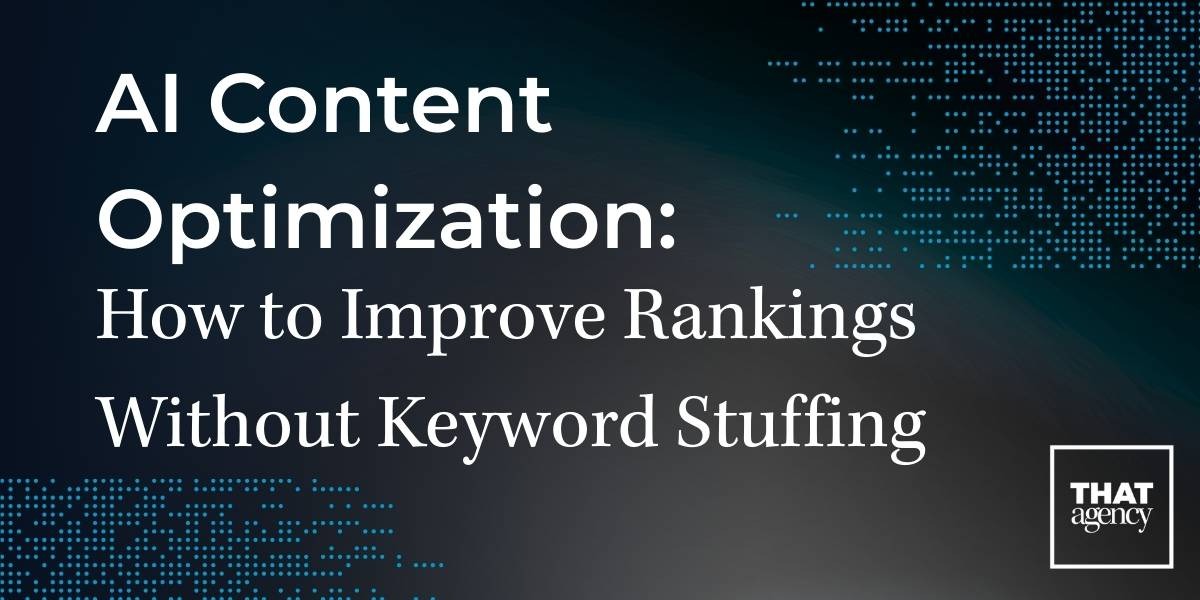
AI Content Optimization: How to Improve Rankings Without Keyword Stuffing
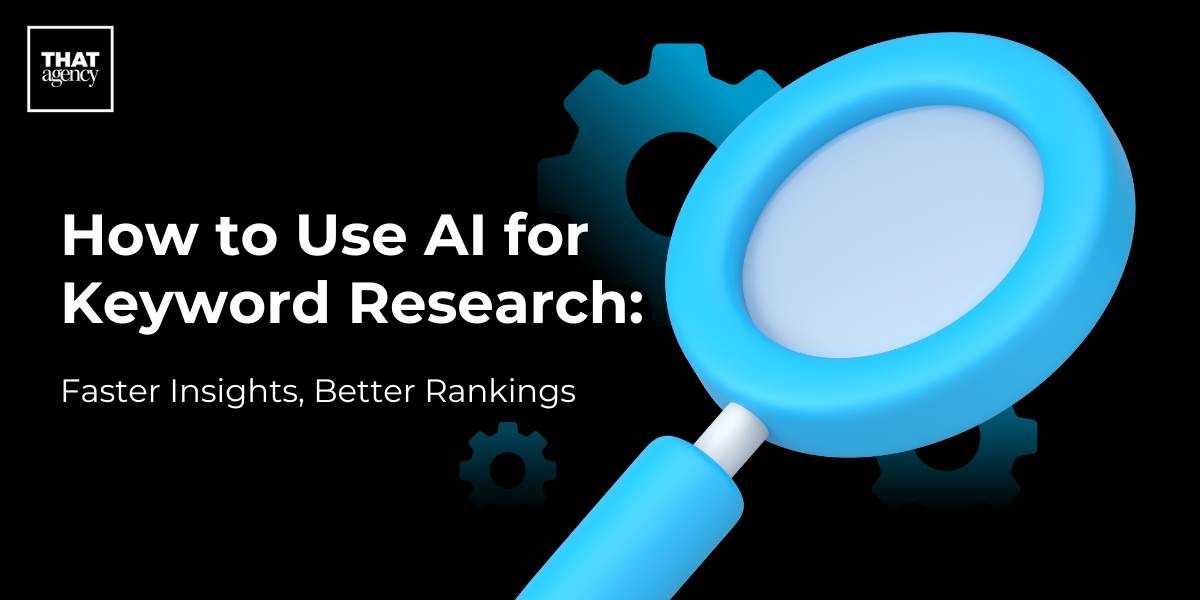
How to Use AI for Keyword Research: Faster Insights, Better Rankings
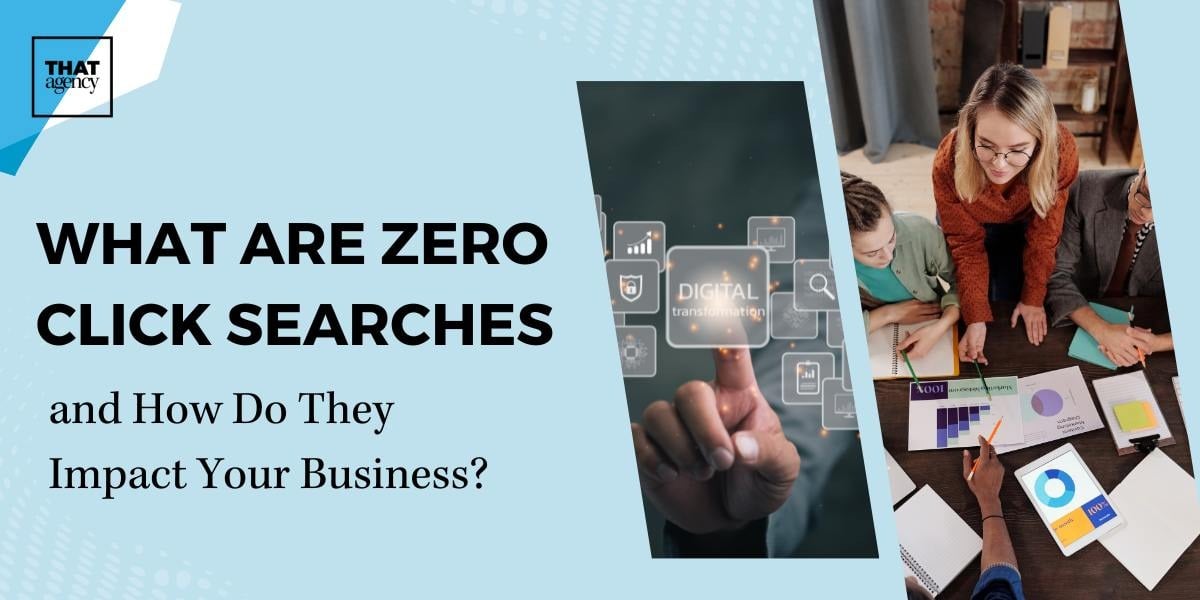
What are Zero Click Searches and How Do They Impact Your Business?
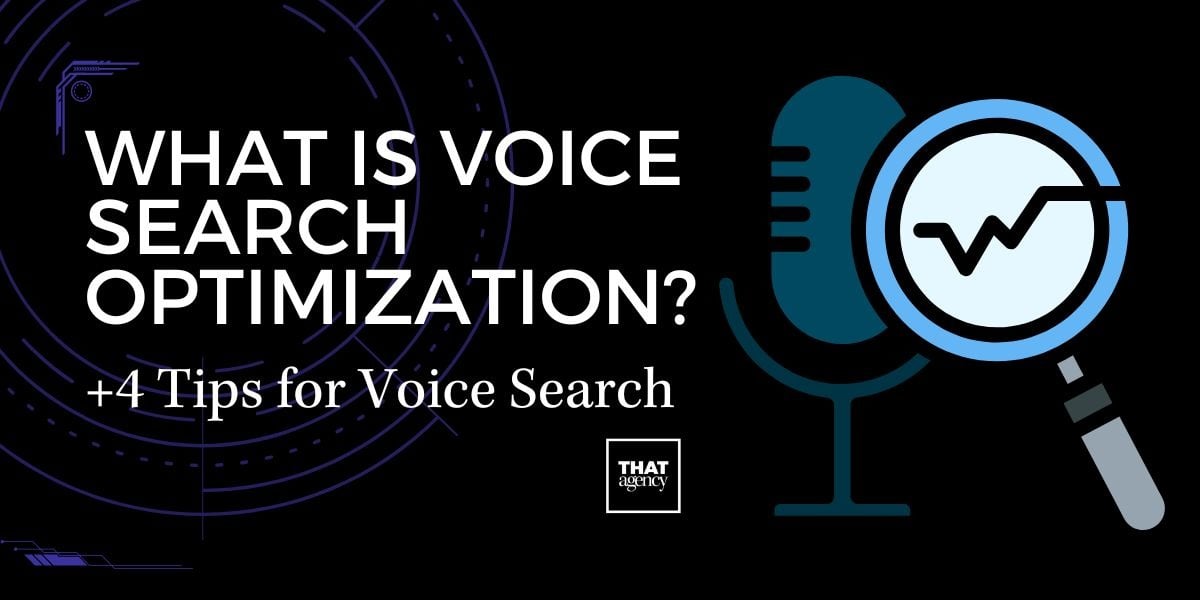
What is Voice Search Optimization? +4 Tips for Voice Search
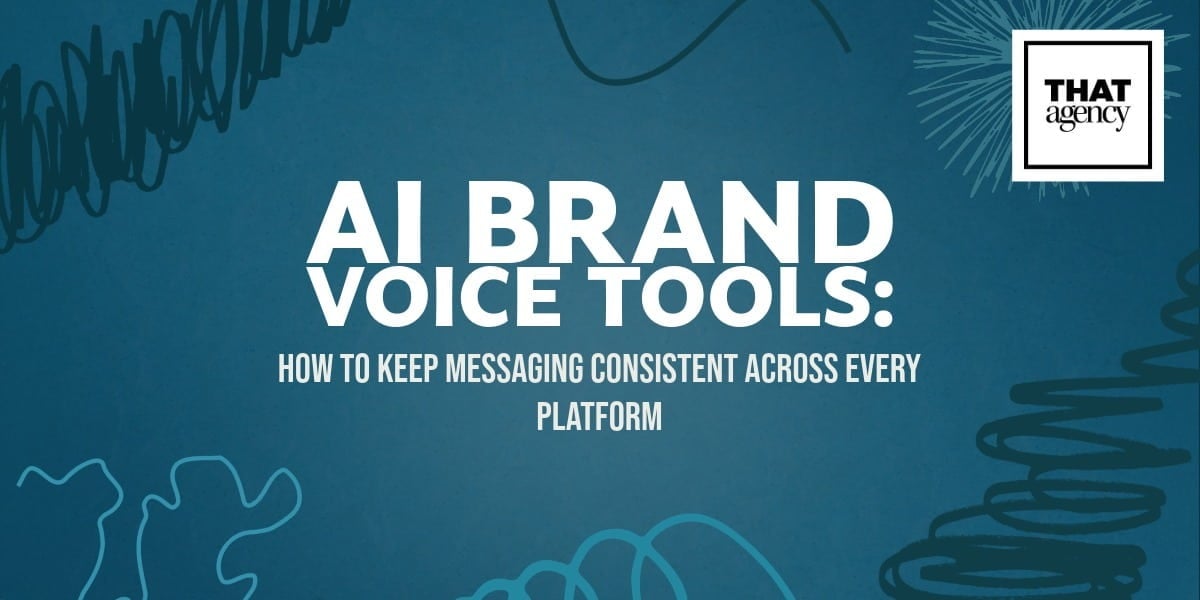
AI Brand Voice Tools: How to Keep Messaging Consistent Across Every Platform
700 S. Rosemary Ave.
Suite 204-707
West Palm Beach, FL 33401
P: 561.832.6262
F: 561.832.7707

